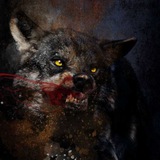
Subscribe to a channel


 4664
4664
Telegram-канал colewolfsson - COLE WOLFSSON
 4664
4664
Polytheistic Animism & History. Pagan Æsthetics & Pro-Nature posting. https://linktr.ee/ColeWolfsson Reject Human Domestication.